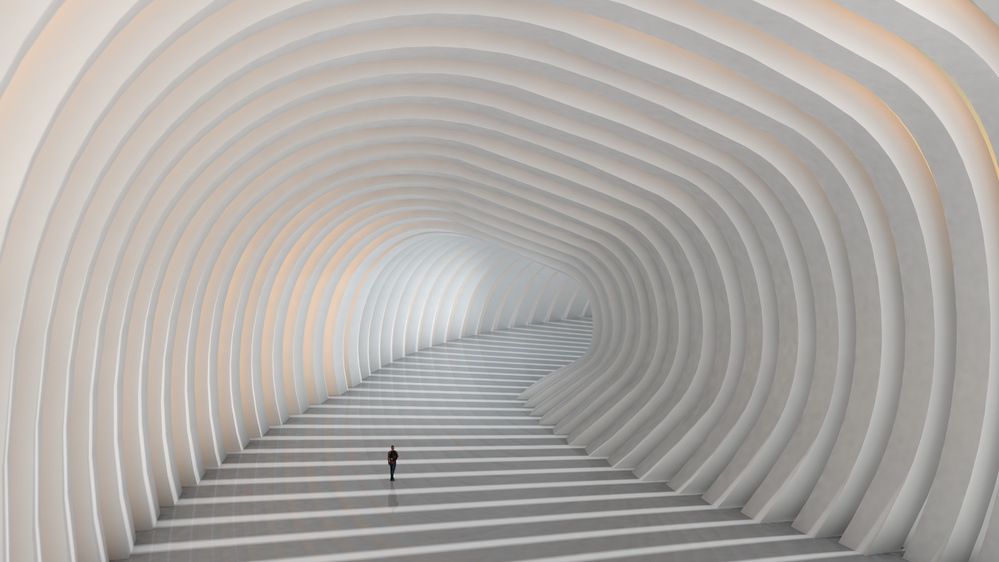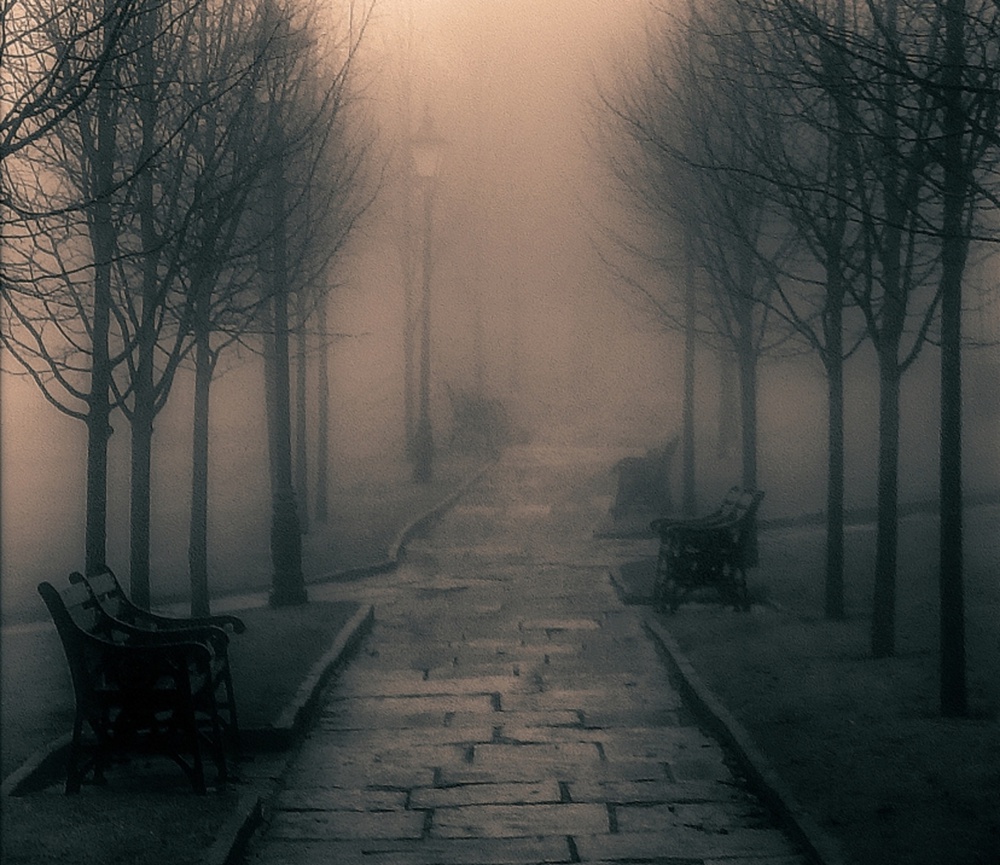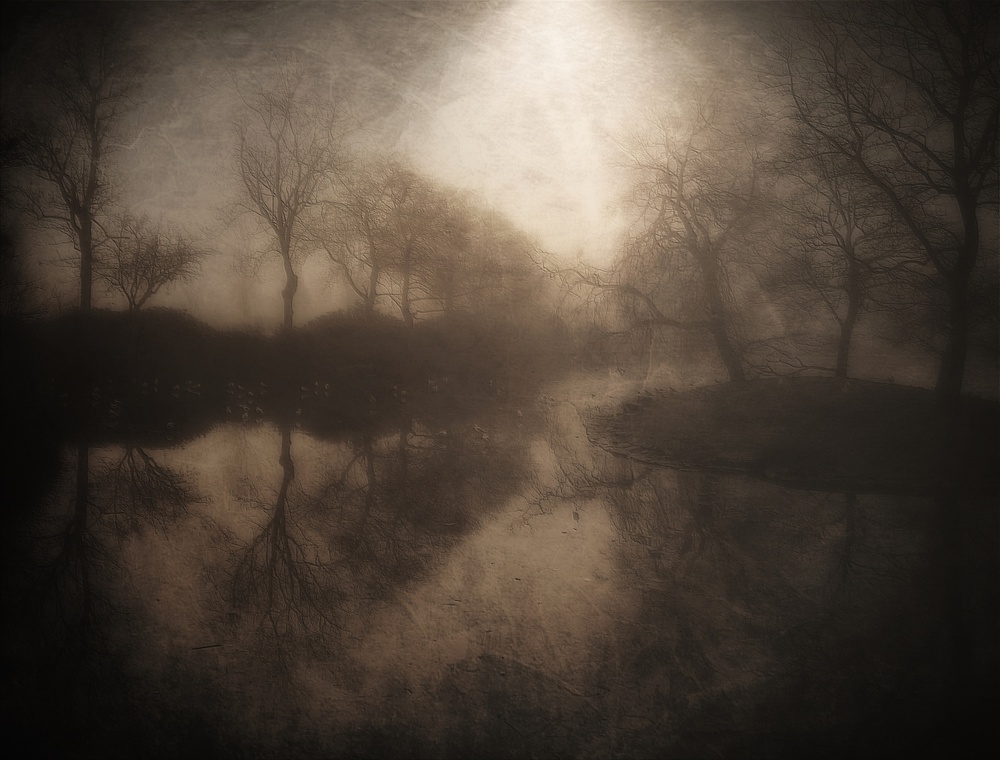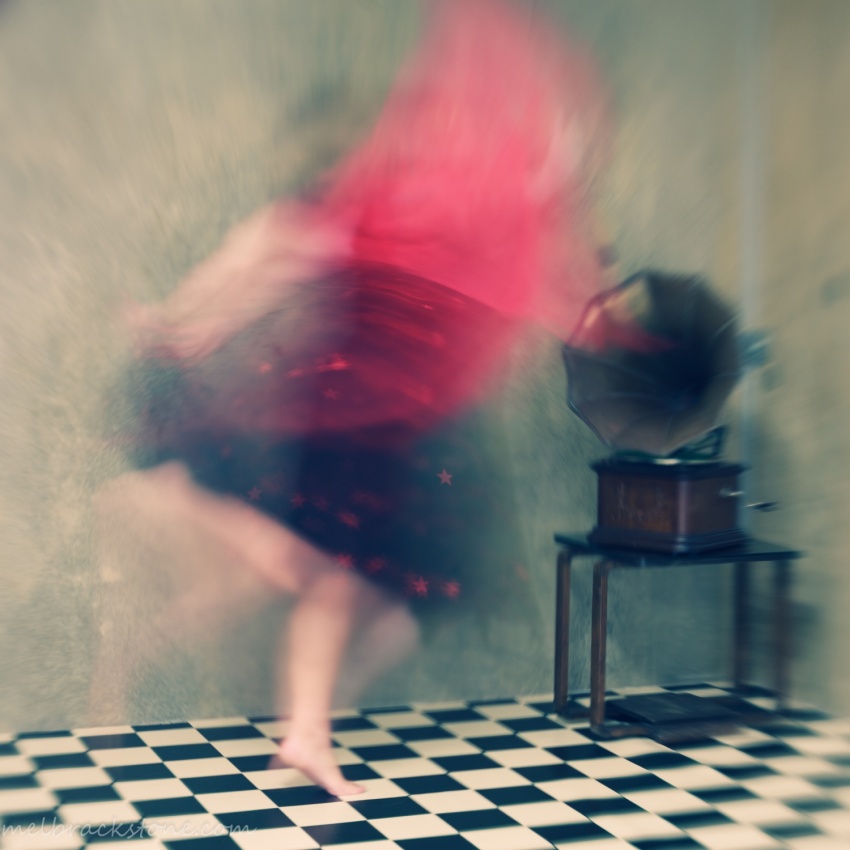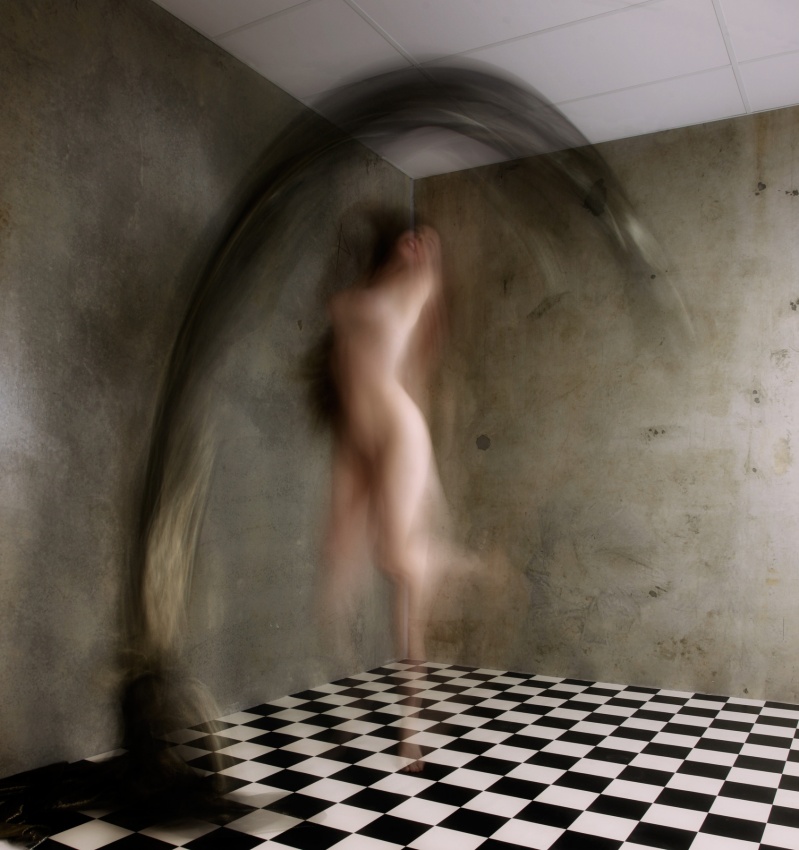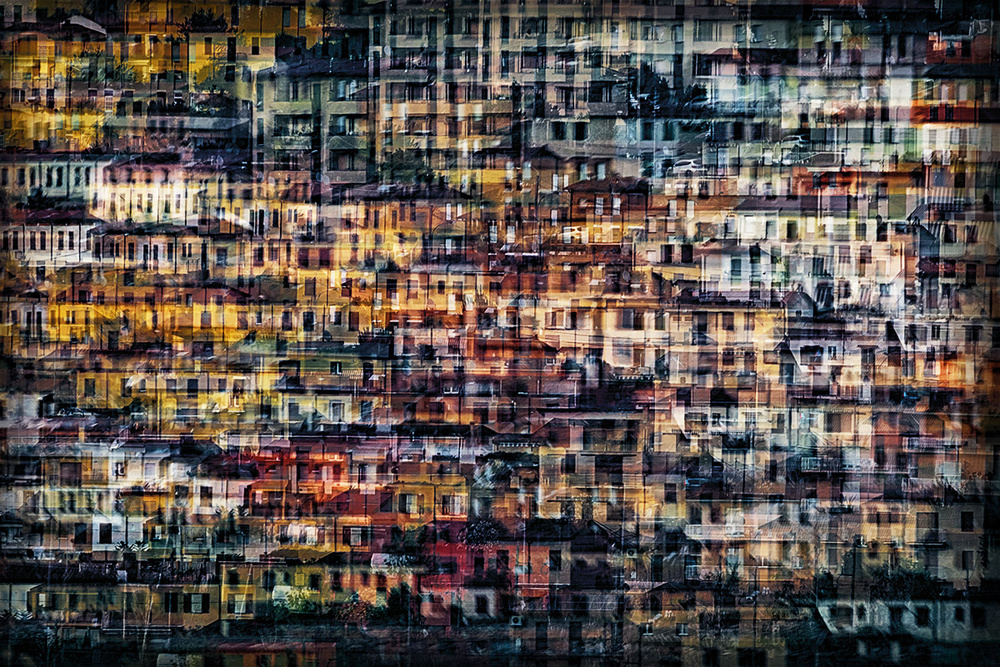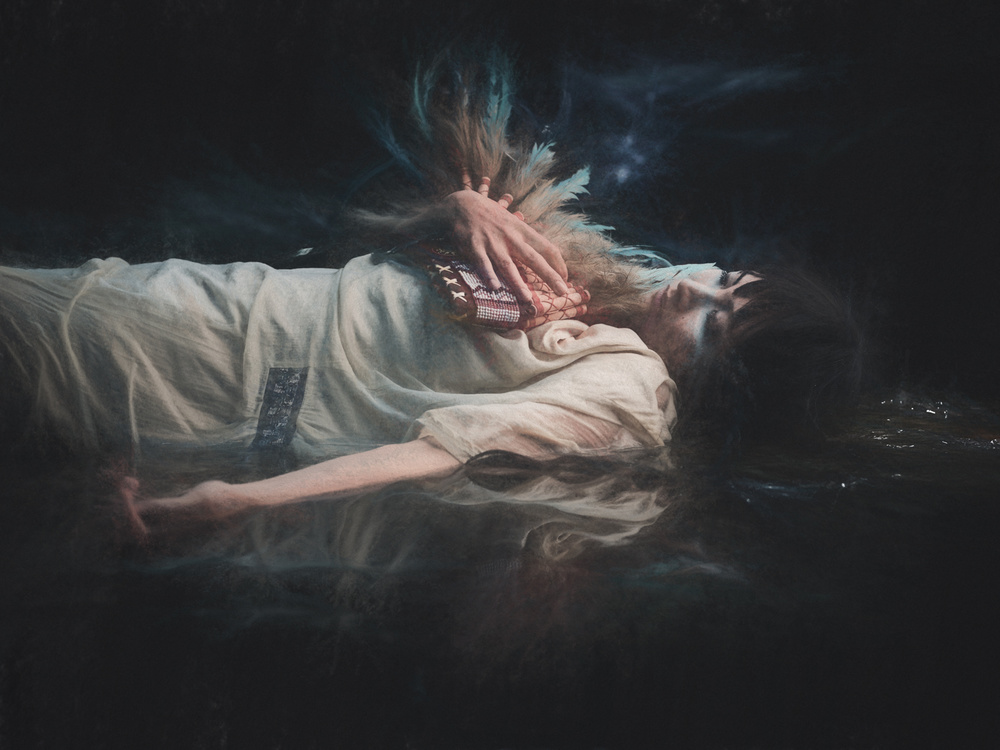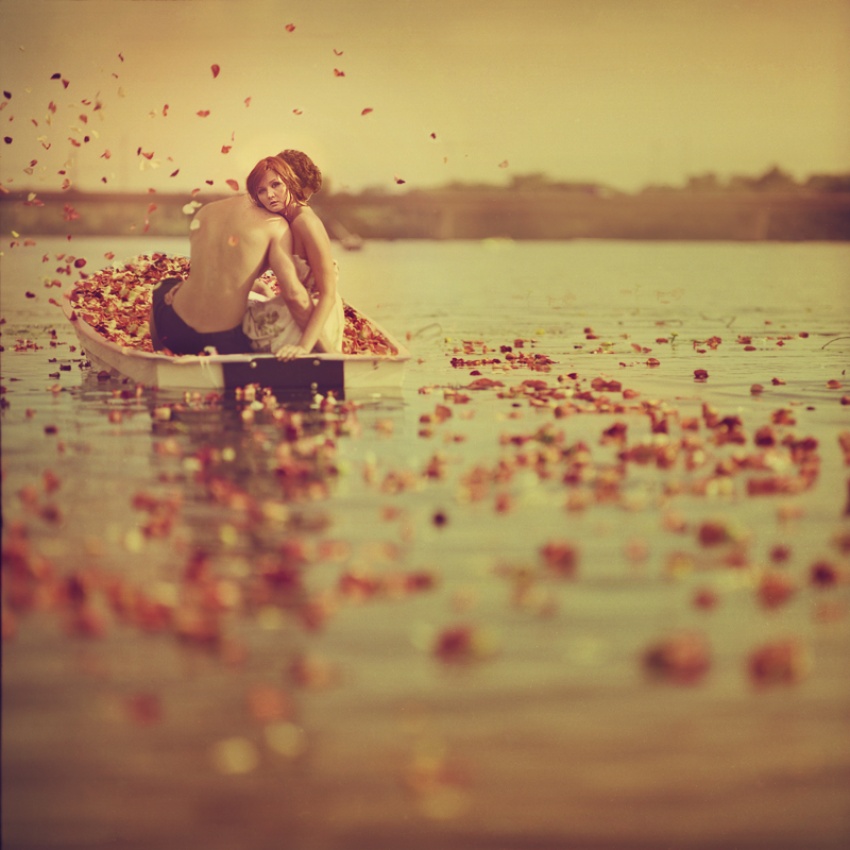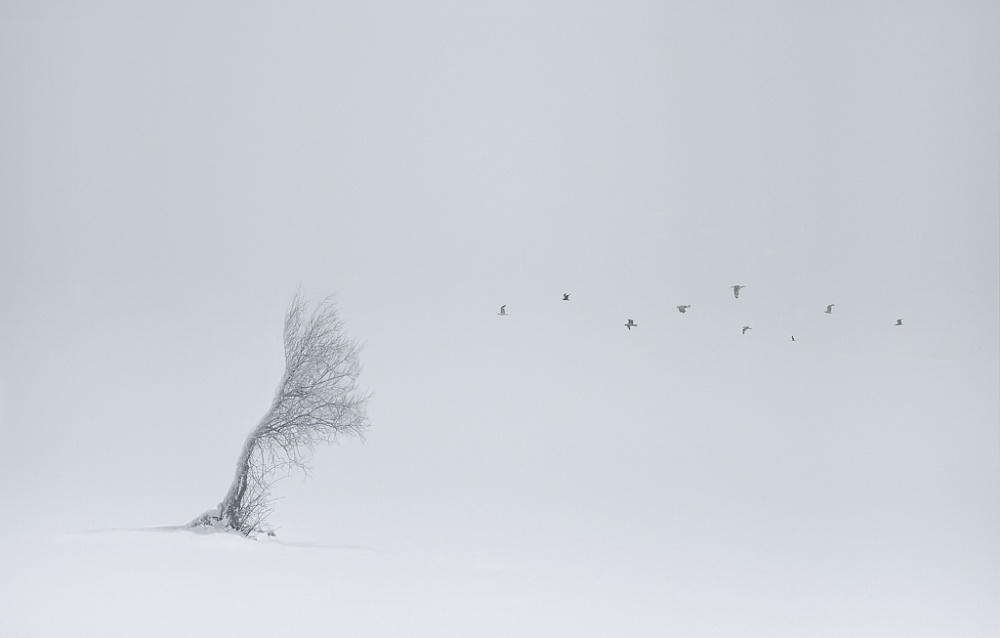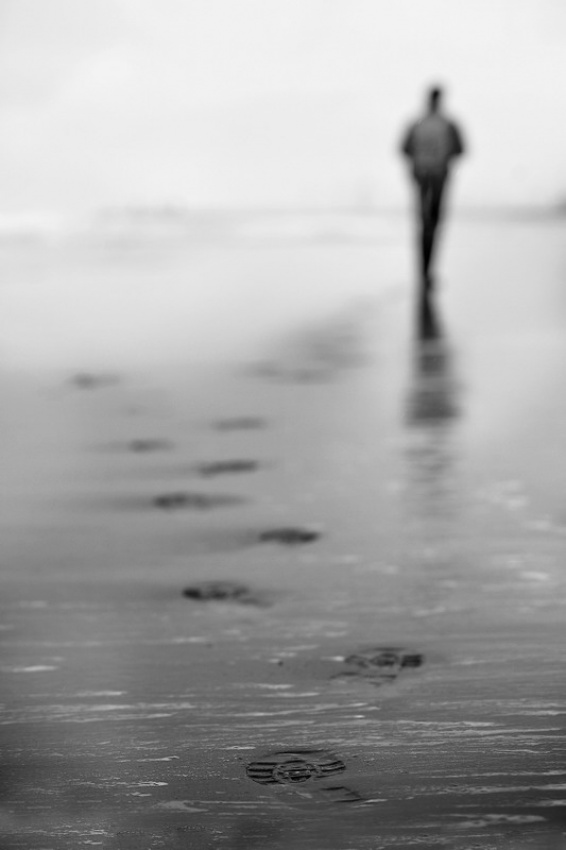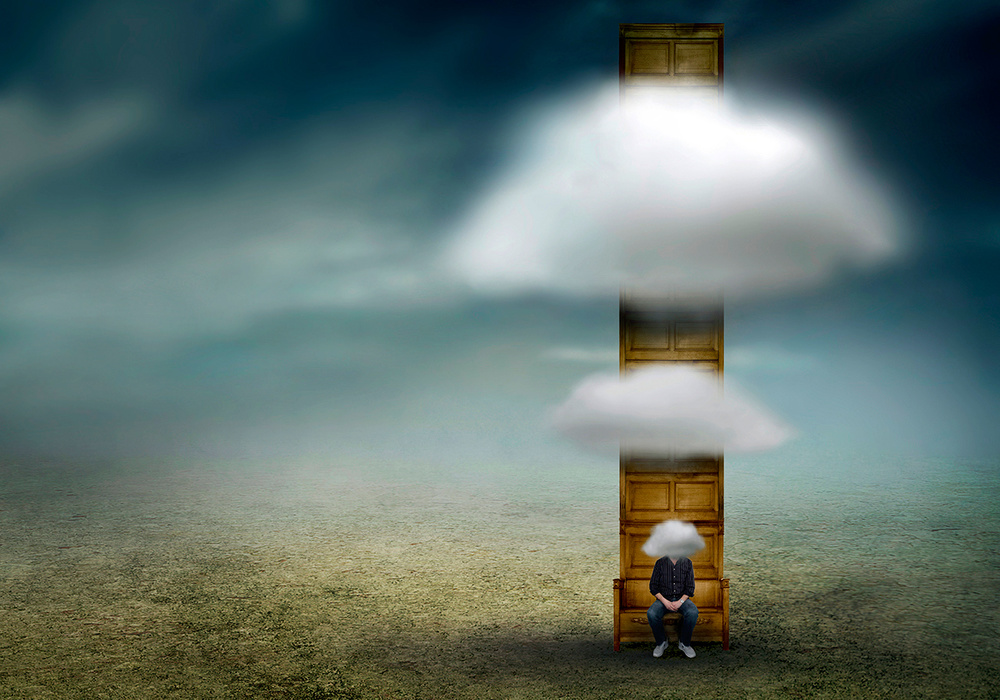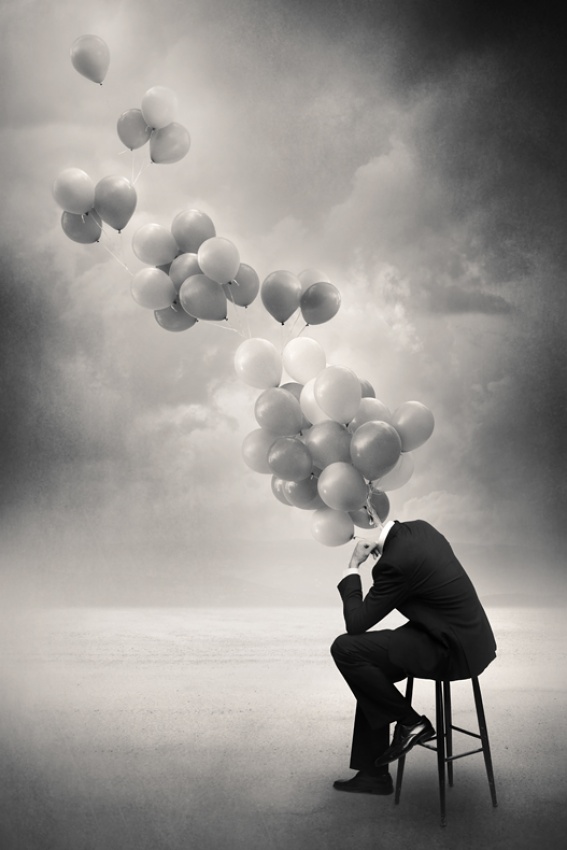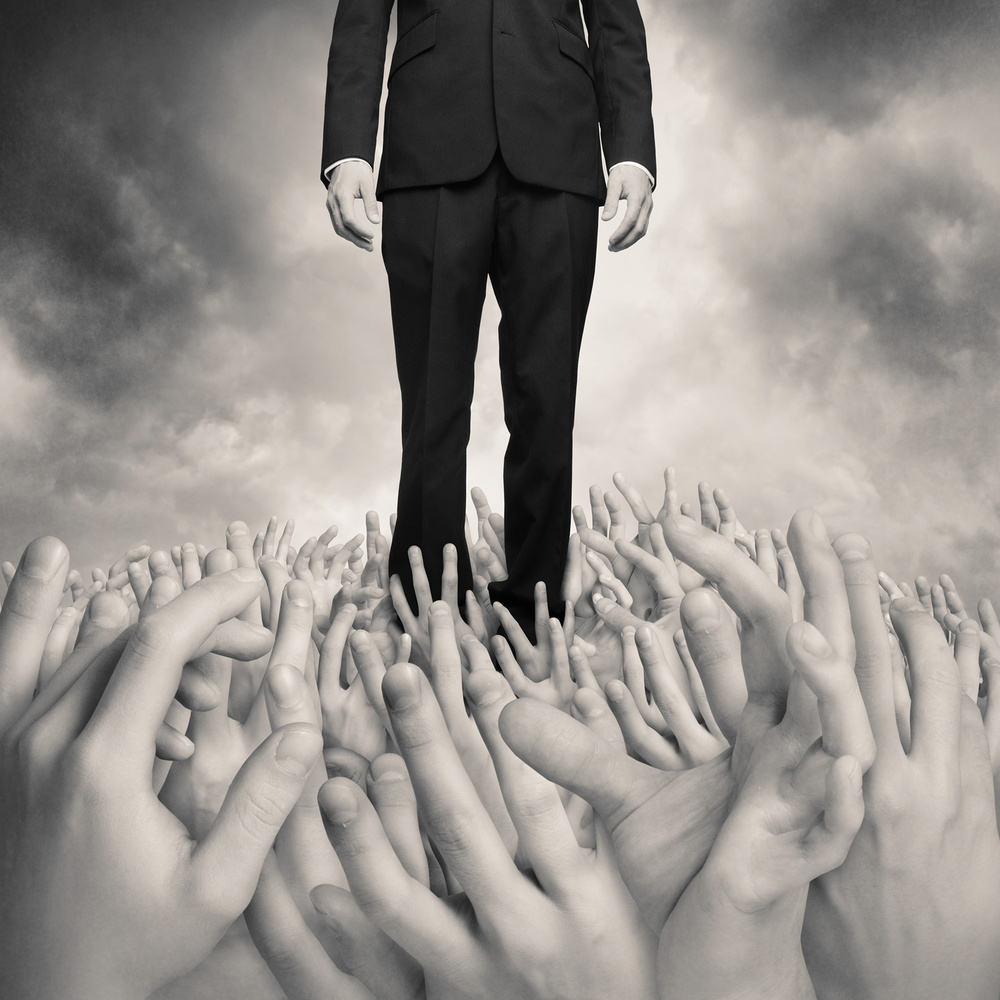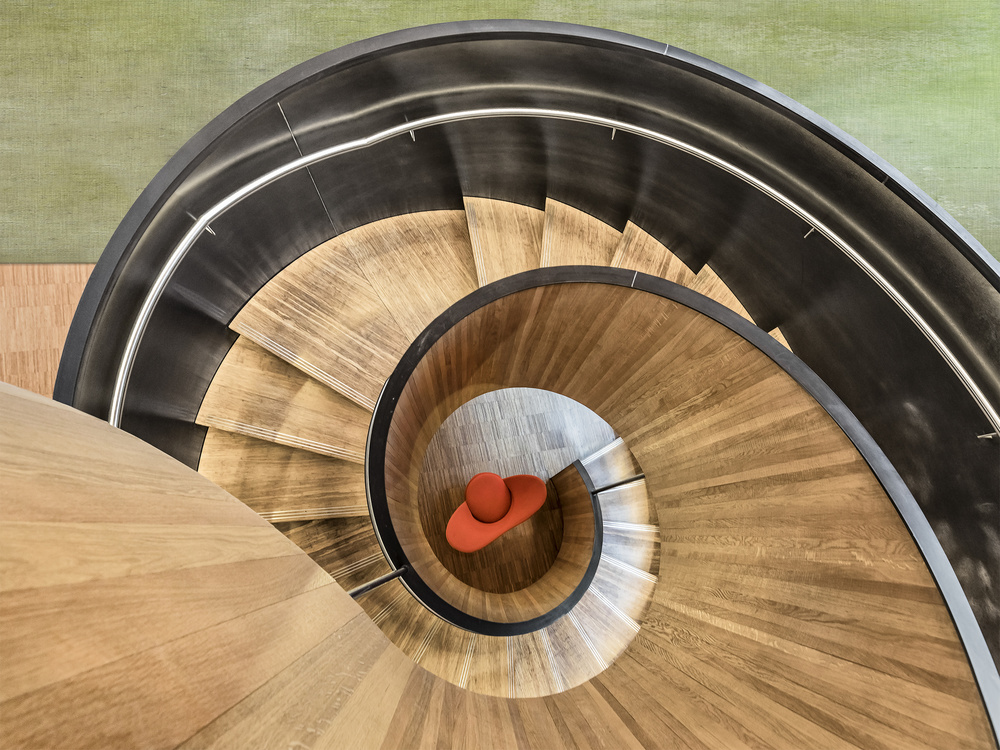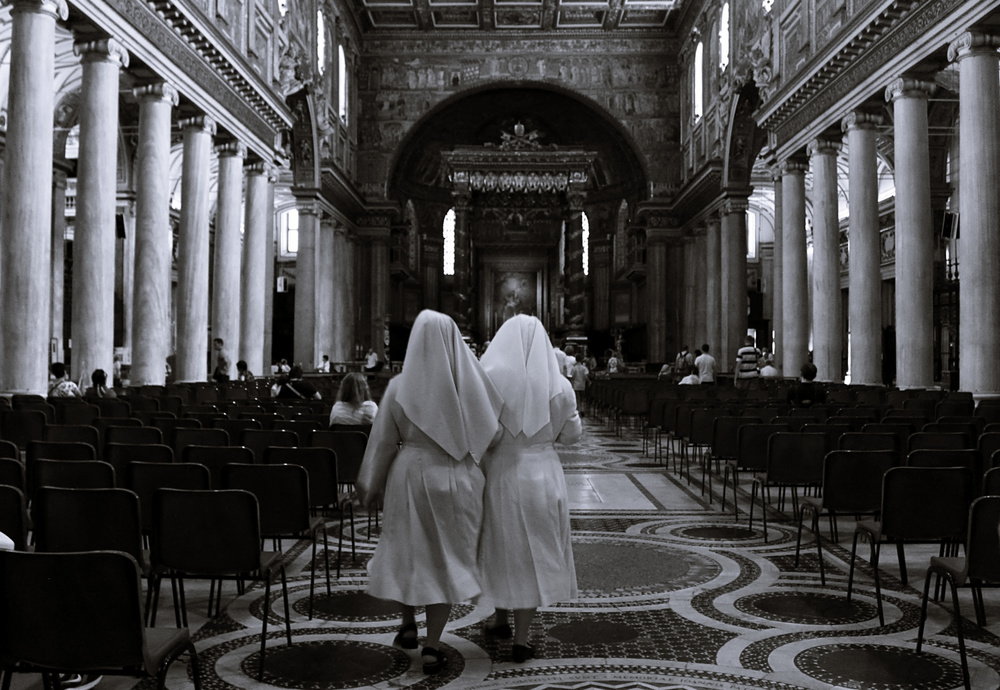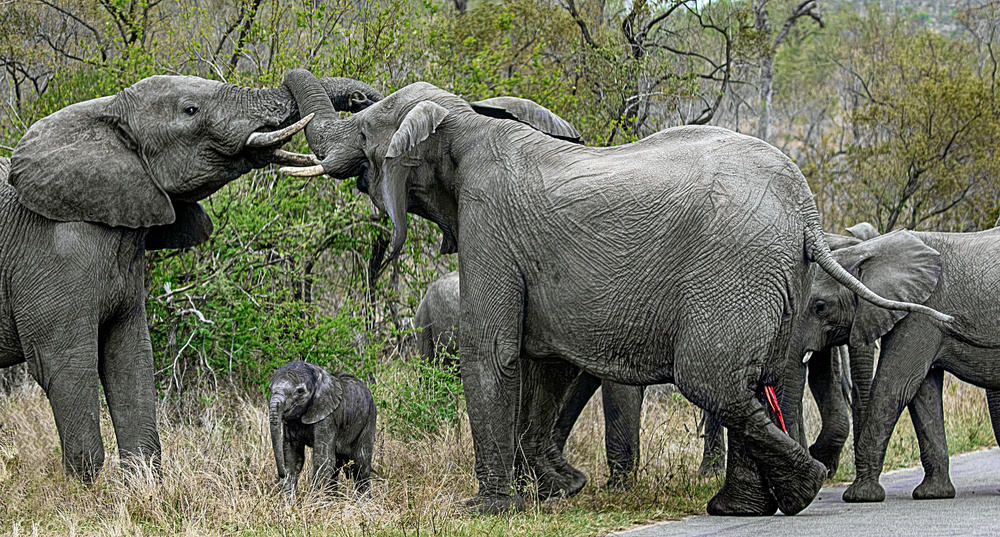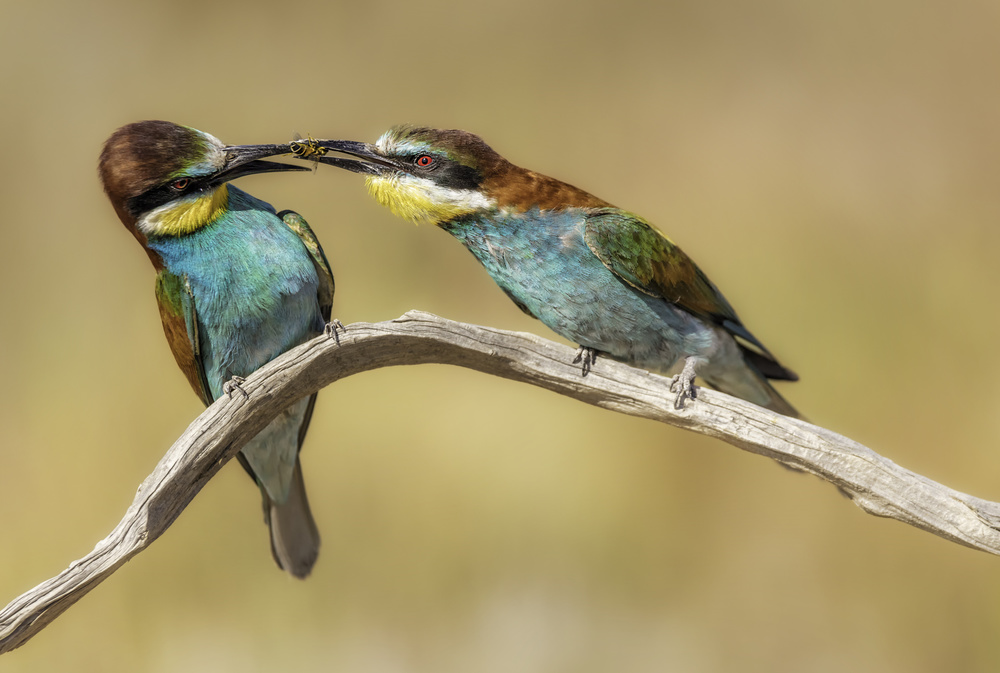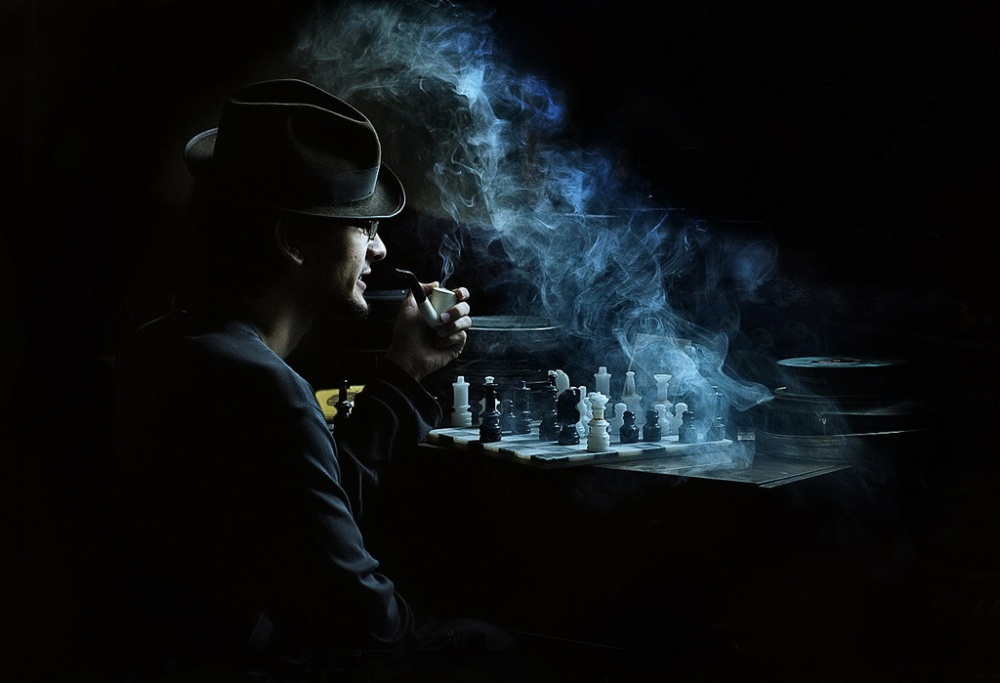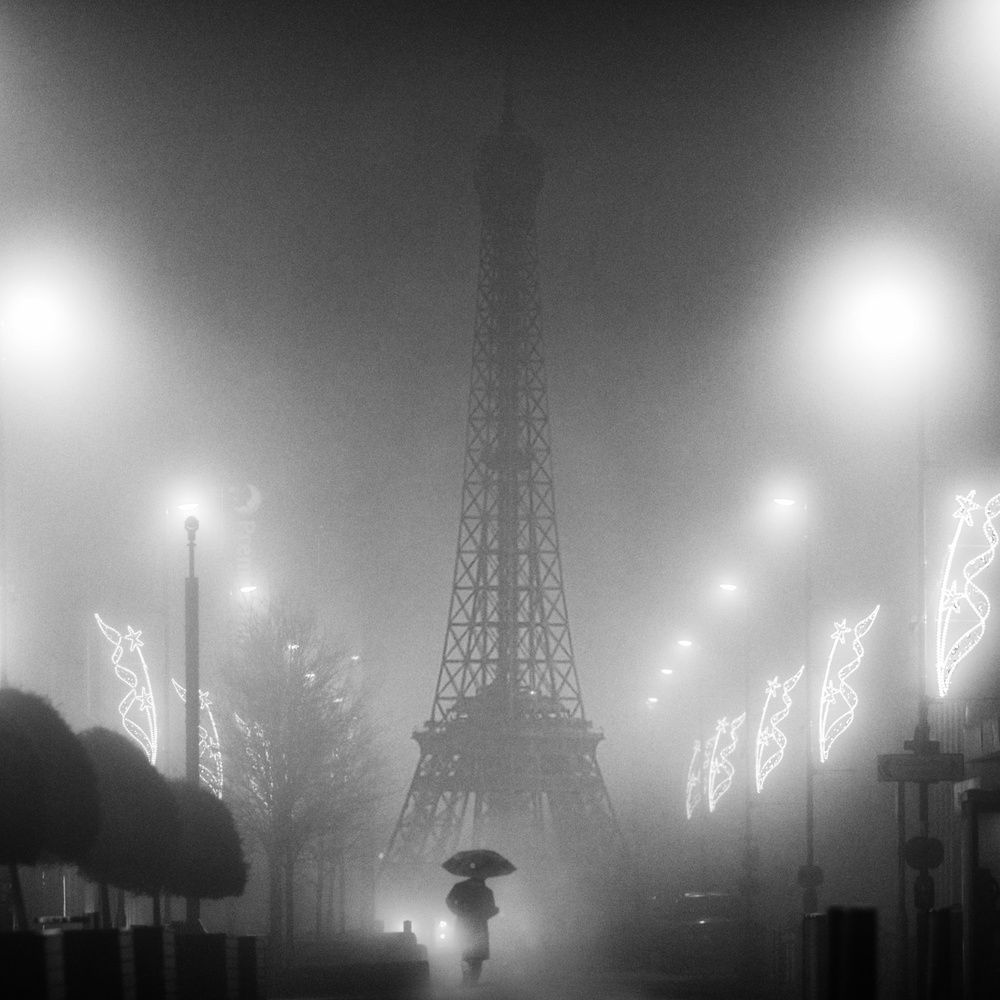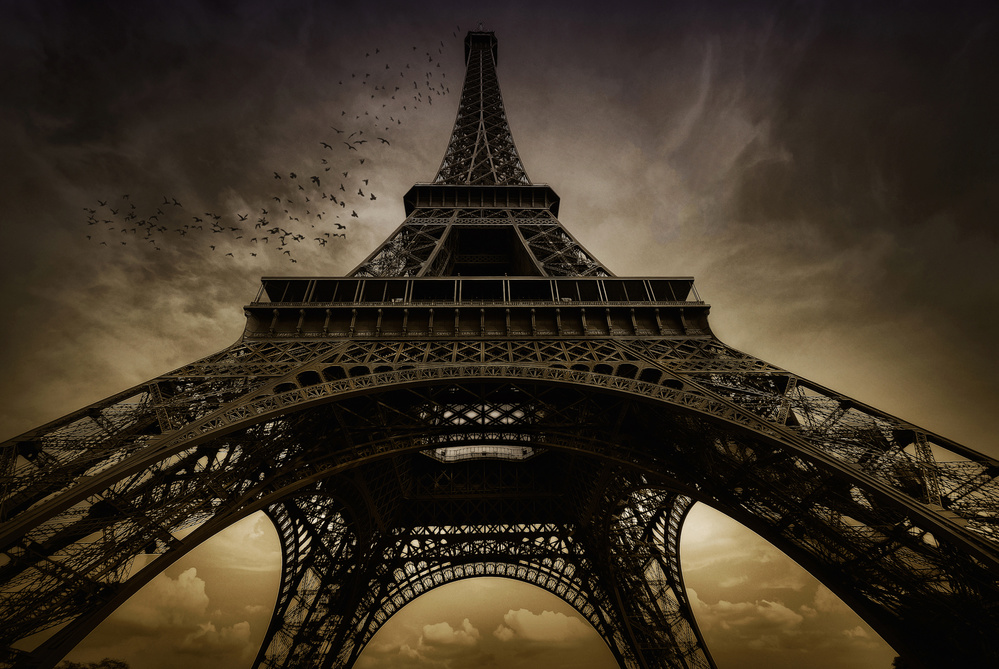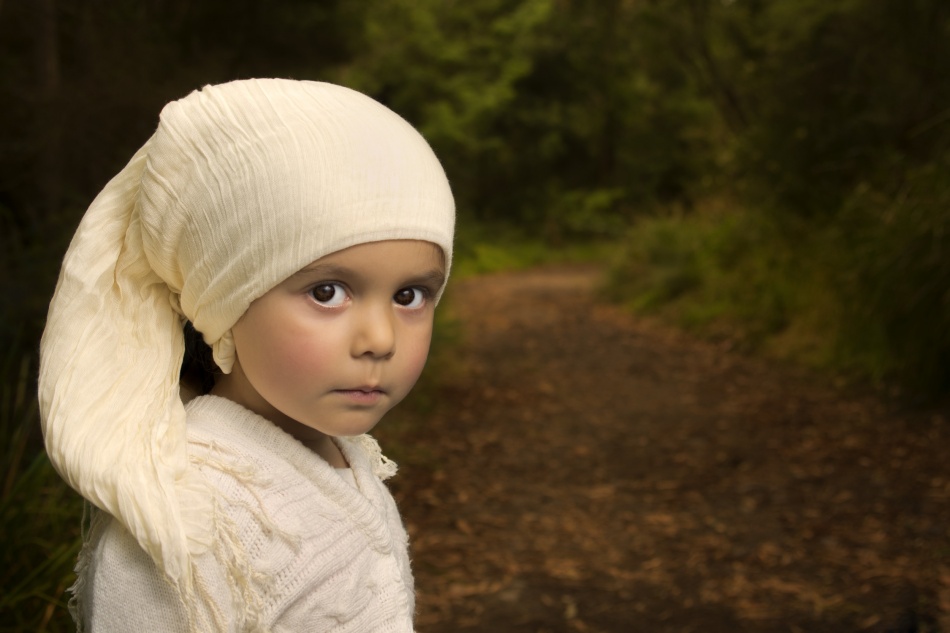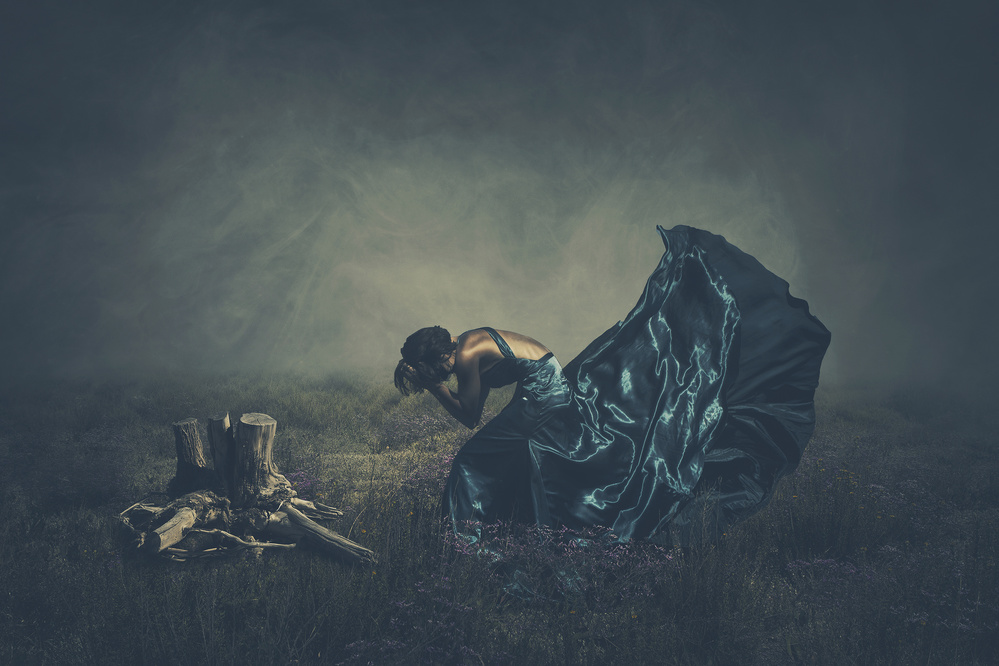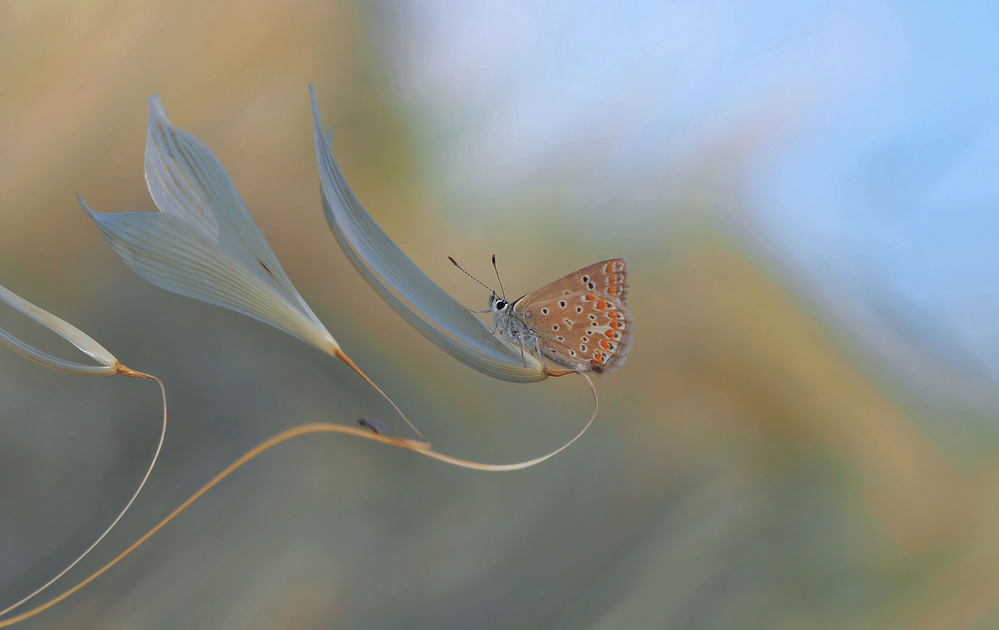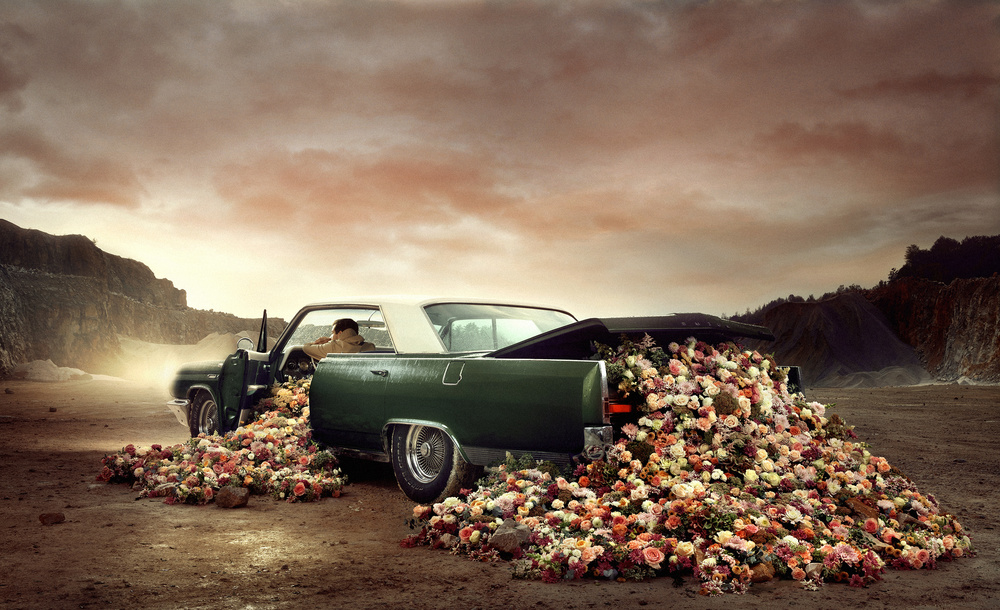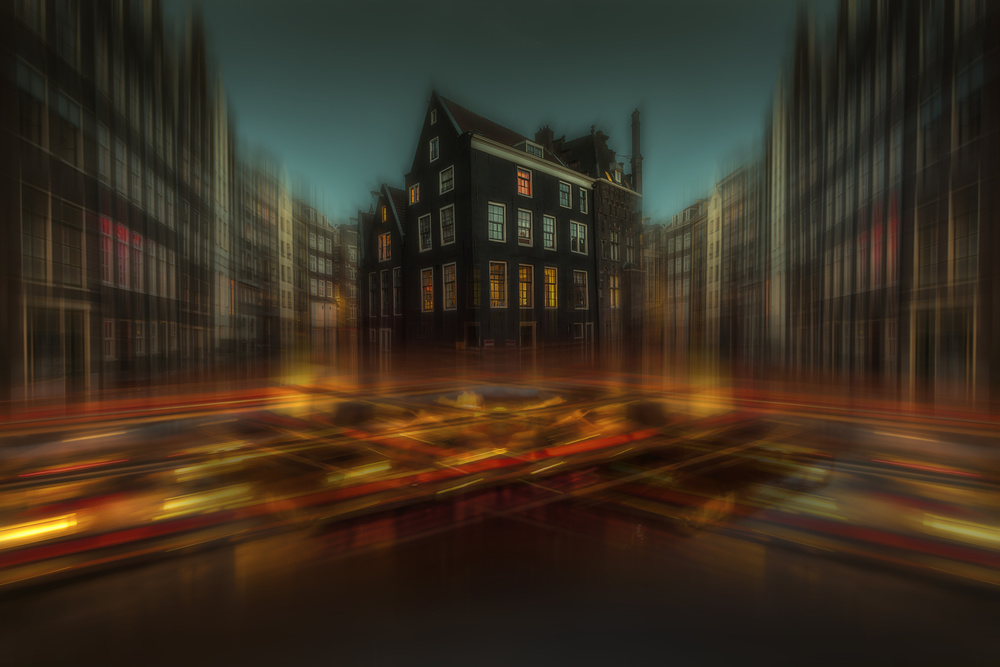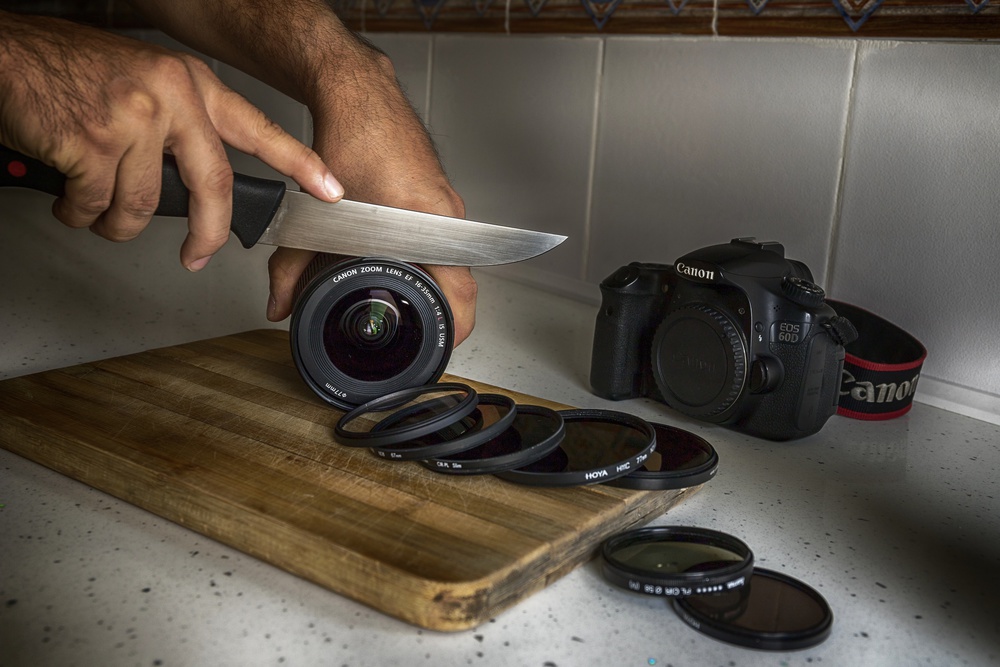Contests
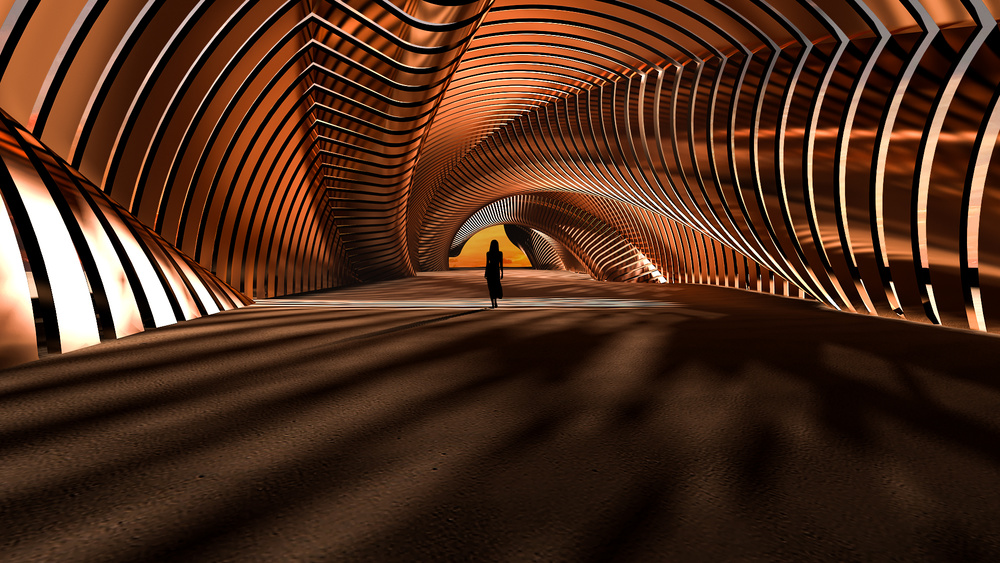
The historical future of Photography
1x Blog Contestsby Editor Wicher Bos
Weird title? Yep, but let’s face it, we are in an era of weird changes in picture making…
That’s a word used to bring Painters and Photographers in one word, Picture makers.
Nowadays, a new born (we christened it CGI) is growing-up fast and demands its place in the picture-making family. What should we do?
Let’s explore some historical viewpoints.
Just after its birth, photography was called “mechanical reproduction” – the ‘crafts’ were claimed missing. The tool used to create an image was believed ‘too easy’ to be artistic. Yet, it seemed to bring “Truth” – reproduction of reality – as a bonus. This was a short lived believe. The 19th century photographers like, H.P. Robinson and O.G. Reijlander were introducing actors and combining multiple pictures into a single print, creating a scene that never existed in reality.
CGI – or digital image generation – is called ‘artificial renderings’ – at first these were easy to identify as artificial. Today, we hardly see it, it seems to be taken from reality. This new technique however, can create images that are (almost) impossible to do in Photography. Show buildings that never existed, people or animals in crazy dangerous situations.
As Senior Critic Mike Kreiten has mentioned in reply to an earlier article about CGI by Editor David Williams, examples on 1x.com can be found:
In response, photographers disagree being compared to this ‘unreal’ and ‘cold’ computational world. Totally understandable. Yet, in the image-buying business these images will be stiff competition. As mentioned on the forum: “…deeper down you see photography can become superfluous soon”
Next, if only the tool (CGI) is seen as the discriminating factor (because the image is not based on an exposure of light sensitive material but just generated by software, or a similar definition) what does it mean for the use of modern cameras. Is it lack of genuine ‘photographic craft?’ Why else this criterion?
I see an historical pattern here…
Is painting – photography? No, but a photograph of a painting is…
Is CGI – photography?
Not in the traditional sense, however what if a photo processed heavily in digital software? Is it still a photo? How big needs the % of reality – or % of optical tool bases be, to be accepted as a photograph? What if cameras get much smarter, as we start seeing already. (DSLR’s can do HDR and Focus stacking internally, some of which processing can be labelled as compensating the camera’s deficiencies in comparison to the human eye.)
What makes the distinction? Reality? No not really ;)
Because the result of most post-processing photos never existed in real life.
The key philosophical consequence and question is:
What does it mean to have always ‘perfect pictures’ which are beyond reach of an ordinary photographer?
Well, first of all, the perception of beauty in society will be heavily impacted… Idealized situations become standards… This will trigger high expectations about images and a looming disappointment with reality.
Is this perhaps the reason why we see so many photographers falling back on old ‘appearances?’ We see so many photos inspired by Pictorialism, Italian Futurism, etc. ‘faked’ by digital post-processing – only a few die-hards still use traditional negatives and chemicals.
Pictorialism-like
Italian Futurism-like
Others also using known ‘analog’ techniques’ or ‘film-type’ processing
Is a specific tool (the optical lens, sensor, film) as suggested above – the ultimate criterion to be called photographer? If so, how far can he go in processing digitally after the fact? I see often photographic composites that stun me… but despite the photographic origin these do not truly match the tool-criterion…
Should a picture-buying business care? Or… should its focus be on the image itself: the creativity of the artist – the message it carries – the emotion it evokes…
Painting didn’t die, it explored new territories like impressionism and abstract painting, going ‘wild,’ if you look at artists like Jackson Pollock and Mark Rothko.
Photography should do the same – explore and reinvent its reasons to exist…
Perhaps our criterion should be the ‘purpose of the image’: fun for the viewer; pleasure in making; conveying a message; reporting a fact; or ‘food for thought’ like a visual poem; or a good mix of them.
Society should redefine its believes and its treatment of photographs as sources of truth fast… as nothing is certain anymore… staging and manipulation is there already, CGI en advanced photo editing techniques make it more urgent to decide. News agencies, that specialize in verifying all messages issued, are society’s latest answer to handle this trend of ‘frame-able’ reality. Maybe we need ‘sworn in’ photographers certifying what they report in their images to be true.
For artist picture makers? I am convinced the world is theirs… as it always was.
Let me finish off with a photograph that, to me, expresses that vision:
Suggested further reading:
Peter Henry Emerson – Naturalistic Photography 1890
Antony Guest – Art and the Camera 1907
Susan Sontag – On Photography 1973-2005
. '

